Great food isn’t just about taste—it’s about passion, precision, and a vision that goes beyond the plate. Shivani Sharma, the mastermind behind Gourmestan, has seamlessly blended culinary artistry with entrepreneurial brilliance to create a gourmet empire that delights food lovers everywhere. In this exclusive interview, we dive into her journey—exploring the inspirations behind their signature creations, the challenges of running a gourmet business, and what it truly takes to transform a love for food into a thriving legacy.

What inspired you to create Gourmestan?
Gourmestan stems from my personal philosophy of regarding and elevating food to an art form, combined with my passion for culinary excellence. It is my belief that food serves as an emotional bridge that builds bonds and creates memories. This became my guiding principle in business too.
I chose to enter the food industry for many reasons: first, there is an increasing demand for gourmet food that is gluten free, does not contain preservatives, and is also delicious. Consumers prefer clean, wholesome ingredients without having to sacrifice on taste. Secondly, I was determined to challenge the standard laissez-faire of culinary food management and to make my mark in the world of healthy gourmet cuisine.
Gourmestan was set up with a dual purpose: to offer unrivalled nutrition and to promote sustainable, environmentally responsible eating habits. Our goal is to motivate people to adapt a healthier lifestyle by consuming food that is as nourishing as it is indulgent.
As a chef, how did your culinary journey lead you to focus on gluten-free and clean eating?
I have always been interested in exploring the essence of food, whether it is aromas of meals or the recipes that are the foundation of these experiences. While studying abroad, I noticed a gnawing gap in the market for wholesome, ingredient-driven foods. There seemed to be a stark divide between high-end, sophisticated dining and simple home-cooked meals, and I yearned to bridge that gap.
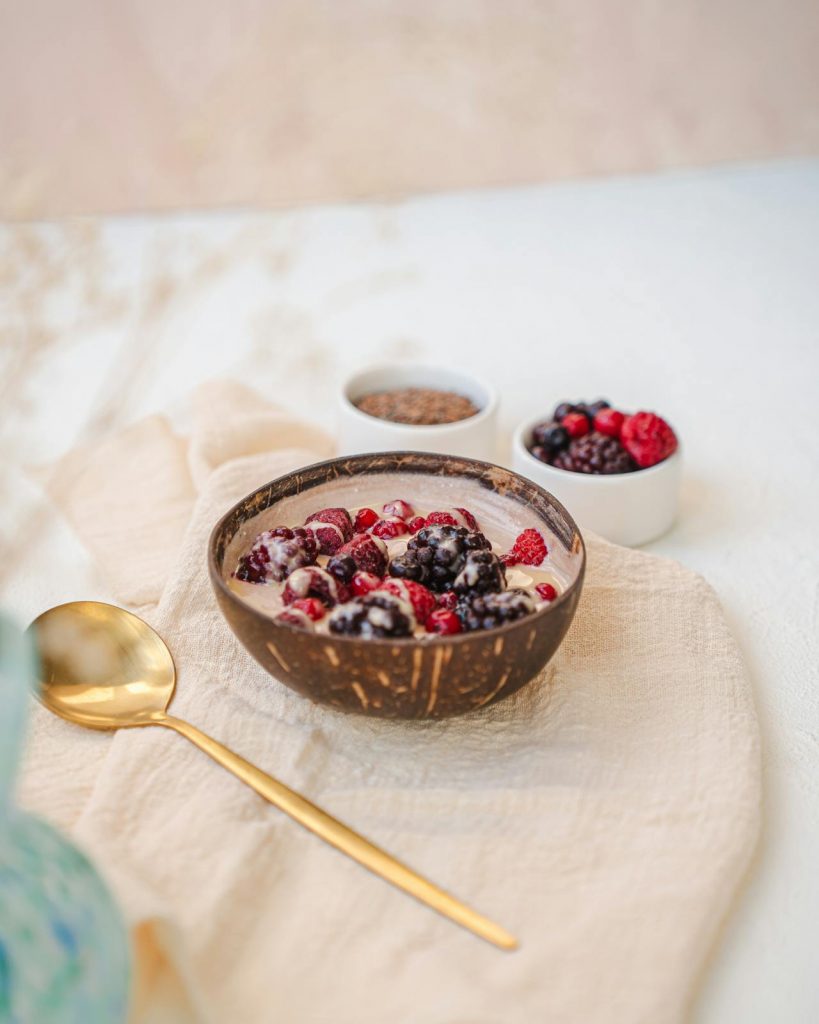
I decided to approach this by infusing high-quality ingredients with gourmet sophistication and focusing on clean, unrefined flavours. Clean eating isn’t just about health; it’s about crafting a culinary experience that is both delicious and mindful, where every bite is intentional, and every ingredient matters.
What does “clean eating” mean to you, and how do you integrate it into your recipes?
Clean eating is not just a fad or a specific diet—it is a lifestyle choice that respects the integrity of food. It is about choosing wholesome ingredients while avoiding processed foods, especially those that contain added sugars, preservatives and other ingredients that affect their nutritional make-up. At Gourmestan, we uphold these standards at every stage. I carefully select organic products and replace refined sugars with dates and coconut sugar, while incorporating nutrient-rich, gluten-free flours such as millet and sorghum. Clean eating encompasses the way food is prepared with techniques such as slow cooking, fermenting or roasting, which optimise flavour and nutritional content.
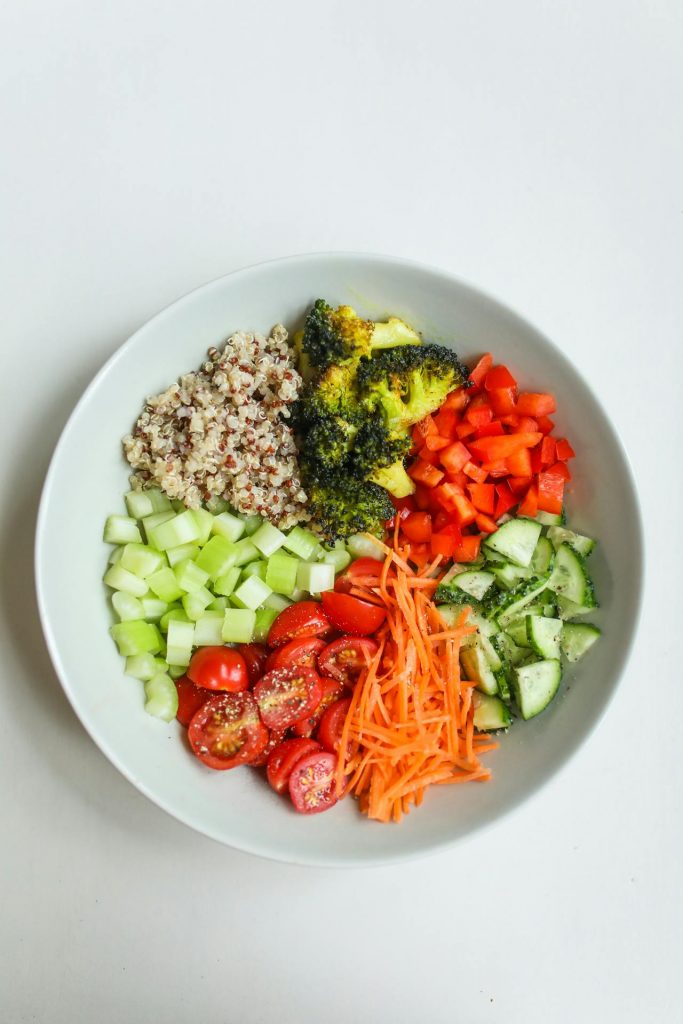
How do you ensure your kitchen caters to people with specific dietary needs without compromising on flavour?
Dietary restrictions should never mean compromising on taste or experience. We cater to diverse dietary requirements without sacrificing flavour or texture. I choose gluten-free alternatives such as almond, millet, and sorghum flours over regular wheat, and each of these adds its own depth and character to the dishes. To prevent cross-contamination and to ensure a safe environment for individuals with allergies and sensitivities, we enforce strict measures. The art of slow cooking and meticulous layering using fresh herbs, spices and nutritious ingredients create nourishing and indulgent dishes.
How do you strike a balance between creating indulgent innovative dishes and maintaining nutritional integrity?
I don’t see indulgence and nutrition as opposing forces—I believe they can coexist in harmony. The key is using natural ingredients that enhance flavour while offering health benefits. Natural fermentation adds sophisticated flavour and promotes gut health. My go-to sweeteners are date paste and coconut because they are mineral and fibre rich. I utilise techniques such as low-temperature roasting to make foods taste better and preserve their nutritional integrity.
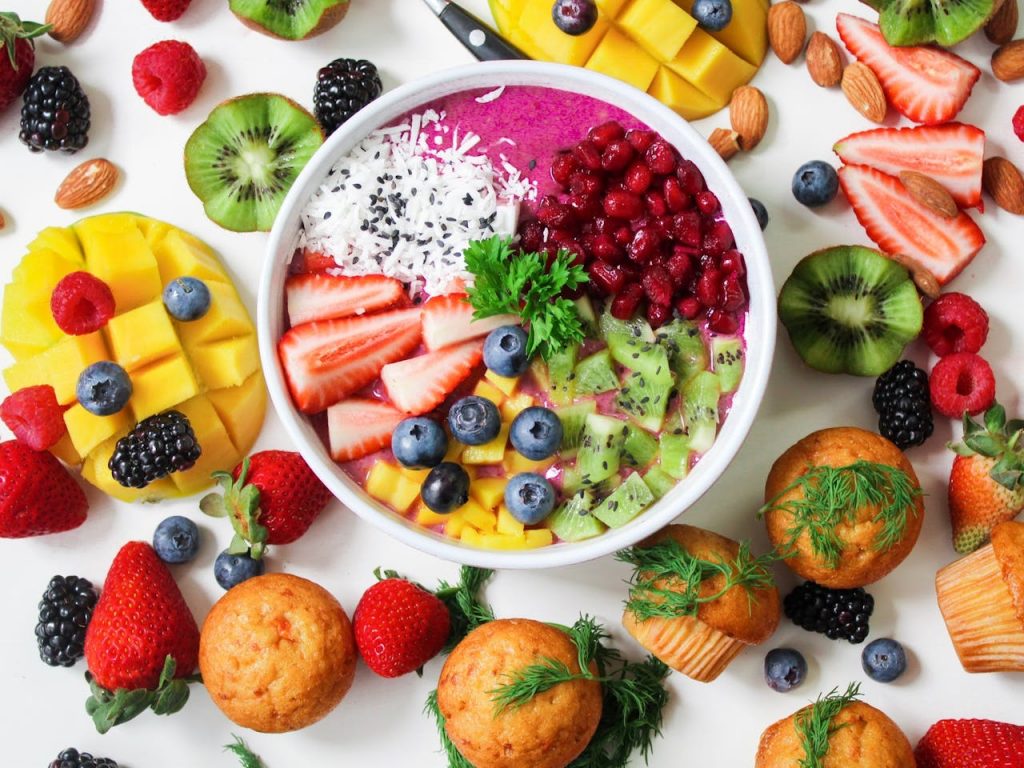
What are your go-to ingredients for creating clean, flavourful, and gluten-free dishes?
Millets, almond flour and sorghum are gluten-free and packed with nutrients, and make for a delightful, versatile base. I also use nuts, seeds, dates and coconut sugar to enhance flavour. Herbs and spices such as turmeric, cumin, lemongrass and kaffir lime help create a more diverse, stimulating flavour profile. Every ingredient I choose serves a purpose—it’s chosen not just for its taste but for its contribution to the overall well-being of those who consume it, as well as how sustainable its production is.

Are there any signature dishes or customer favourites you’re particularly proud of?
Some of my signature dishes include sourdough-based gluten-free breads and bagels, which derive their unique texture and depth of flavour from millet. Our vegan cheeses are gut-friendly and innovatively flavoured with ingredients as diverse as pistachios and bhoot jhalokia chillies. For festive occasions, we offer creative and nutritious alternatives to traditional mithai: our roulade was a runaway success! My mission is always to invent something fresh and unforgettable—something that challenges the perception that clean eating is tedious.
How are gluten-free alternatives or flours (e.g., cassava, millet, sorghum) gaining traction this year?
Gluten-free options are no longer a niche choice for people who have allergies or sensitivities; they are gaining in popularity among those who are concerned about their gut health and want to explore more nutritive alternatives to wheat. Consumers are beginning to appreciate that these ancient grains and millets are naturally high in fibre, protein and other essential nutrients. Cassava flour, for instance, is becoming more popular due to its versatility and neutral taste and multi-purpose uses. Besides, with increasing focus on gut health and inflammation, there is a clear shift from refined flour to more wholesome options. Many restaurants, bakeries, and even popular brands are beginning to use them, making gluten-free eating more accessible and enjoyable.
Do you see gluten-free becoming a mainstream choice, even for those without dietary restrictions?
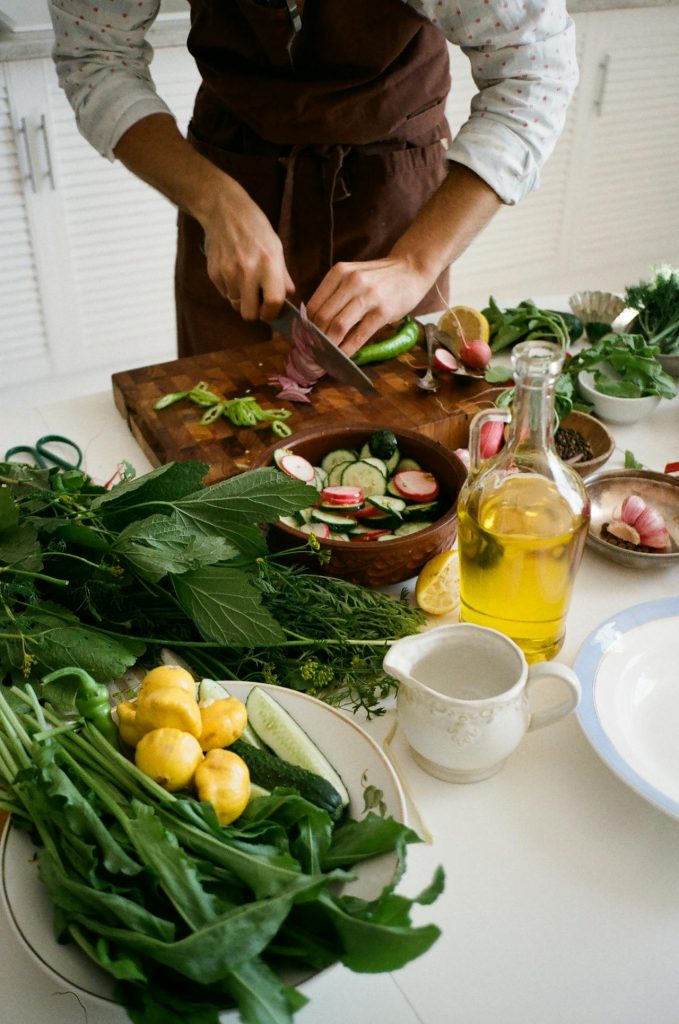
Gluten-free eating is about making healthier choices. Many people report feeling less sluggish and more energetic when consuming gluten-free options such as millets and almond flour. These grains are much denser in their nutritional content and easier to digest as compared to refined wheat flour. Also, now that more brands and restaurants are offering good quality gluten-free options, people are starting to add these foods into their diet because of the taste and health benefits.
What are the top sustainable ingredients driving clean eating trends in 2025?
Sustainability and clean eating go hand in hand; in 2025, I foresee an increase in the demand for regenerative farmed vegetables, plant protein, and even the ancient grains such as quinoa and millets. To add onto this, ingredients with local origins are becoming the new norm and are a step towards reducing the carbon footprint of our dietary patterns while ensuring freshness. Fermented foods such as miso, kimchi, and probiotic non-dairy products are gaining popularity because of their health benefits. There is also more interest in ethical sourcing, which has led to responsibly farmed produce making their way into mainstream diets.
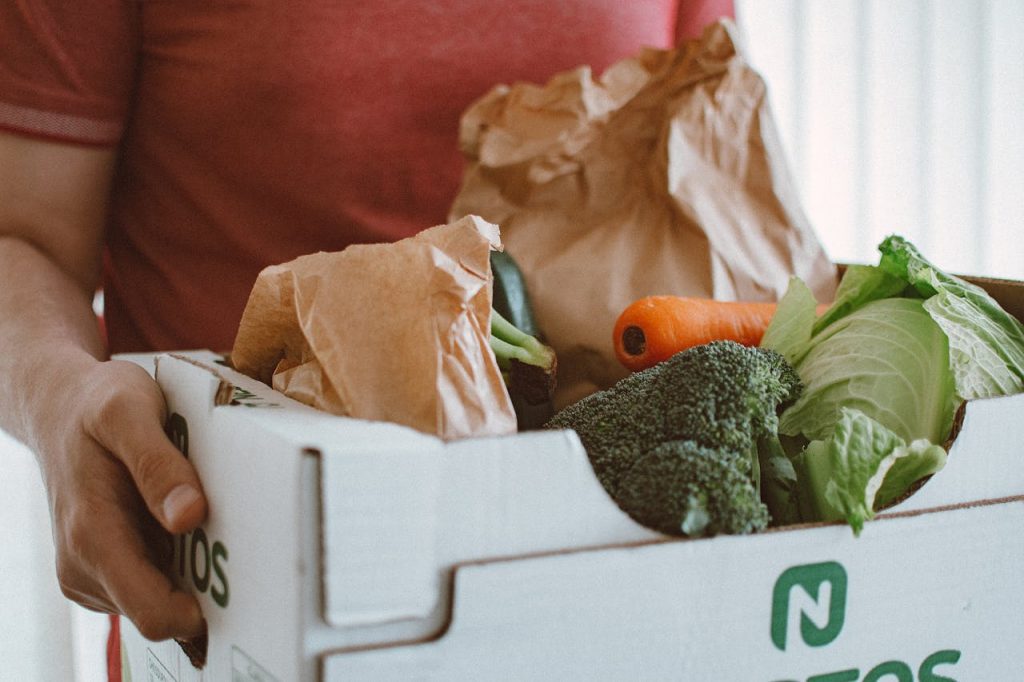
How is the rise of urban farming and hydroponics influencing clean eating and sustainability?
The controlled cultivation of pesticide-free greens, herbs, and vegetables in urban spaces is made easier with hydroponics farming techniques, which diminishes the need for elaborate supply chains. Similarly, techniques such as vertical farming and community gardens enables producers to monitor the cultivation process and ensure that the produce is free of containments and chemicals. This allows for increased access to nutritious food, for the entire value chain. Restaurants and food businesses, including mine, are starting to look for ways to collaborate with independent urban farms to bring farm-to-table freshness to their menus.
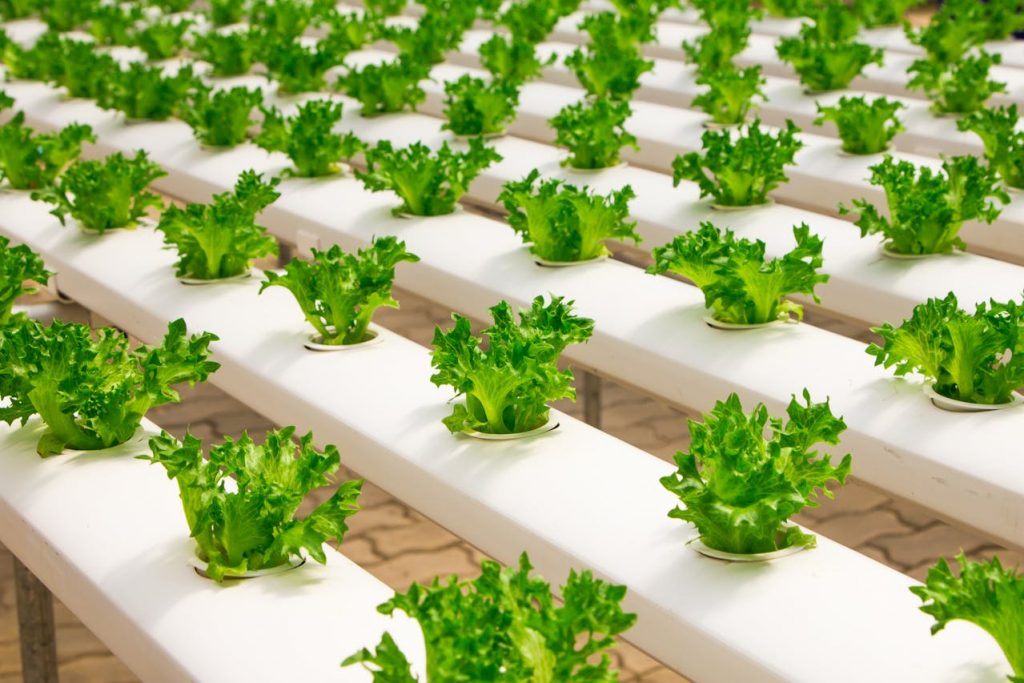
How are global cuisines, such as Middle Eastern, South Asian, or African, influencing clean eating trends this year?
From the Middle East, nutritionally dense whole grains such as freekeh and healthy fat-rich tahini bases are used in various recipes. South Asian cuisines use lentils, ghee, and turmeric in their traditional recipes due to the numerous benefits these ingredients offer. In fact, many African dishes have long incorporated ancient grains such as sorghum and teff, which are slowly being recognised around the world. Growing interest in cultural integrity and nutrient dense foods have brought traditional diets from across the world to the forefront. In addition to offering variety, these shifts also point to an awareness about the health and environmental benefits of various global food cultures.
Are there any traditional gluten-free foods from global cuisines (e.g., injera, dosa, tamales) gaining popularity?
Ancient global diets do encompass certain naturally gluten-free alternatives, which are now being rediscovered by health-conscious individuals across the world. Injera, hailing from Ethiopia, is a type of flatbread made from teff flour and is gluten free with prebiotic fibre. Certain traditional Indian foods such as dosas can be made with millet flour, especially ragi, as a naturally gluten-free food that has gut-friendly benefits. Mexican cuisine often uses corn masa in place of wheat flour. These dishes shatter the misconception that gluten-free is a fad; rather, they reinforce the idea that it is deeply rooted in traditional diets for centuries.
What role do ancient grains and fermented foods play in clean eating trends inspired by cultural cuisines?
Millets (especially ragi), amaranth, teff and quinoa are ancient grains that are fast becoming staples in modern clean eating due to their high content of fibre, protein and other crucial nutrients. Unlike refined grains, they offer sustained energy and are also much easier to digest. With more people understanding the nutritional value of these traditional foods, they are now making a comeback into everyday meals. That is why I personally enjoy using such ingredients in my menus.
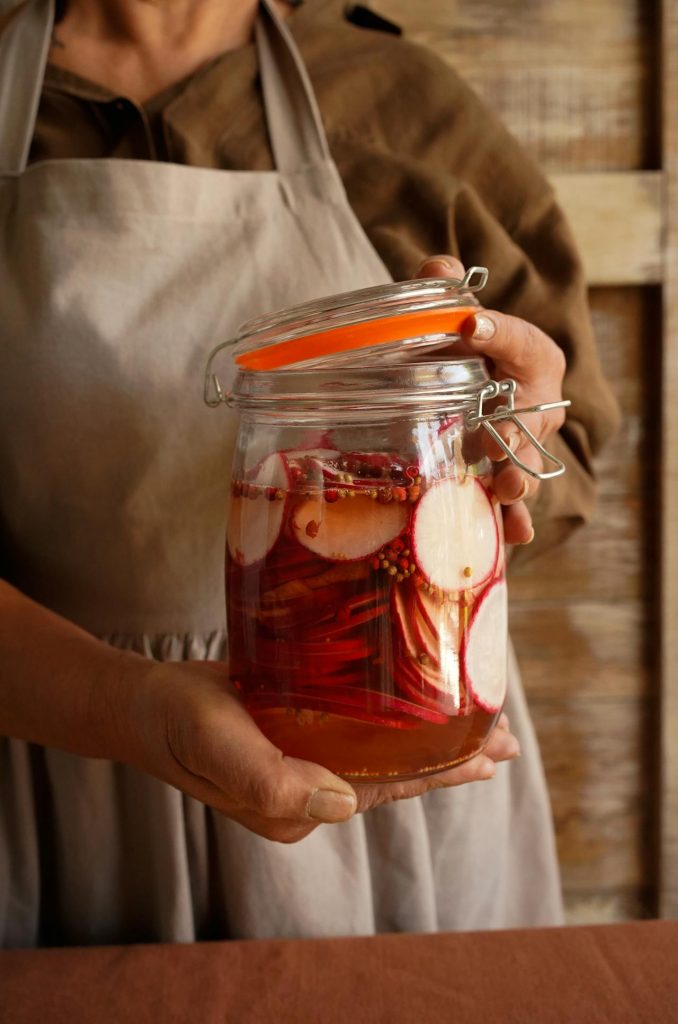
What is the future of global, gluten-free, and sustainable fusion cuisine?
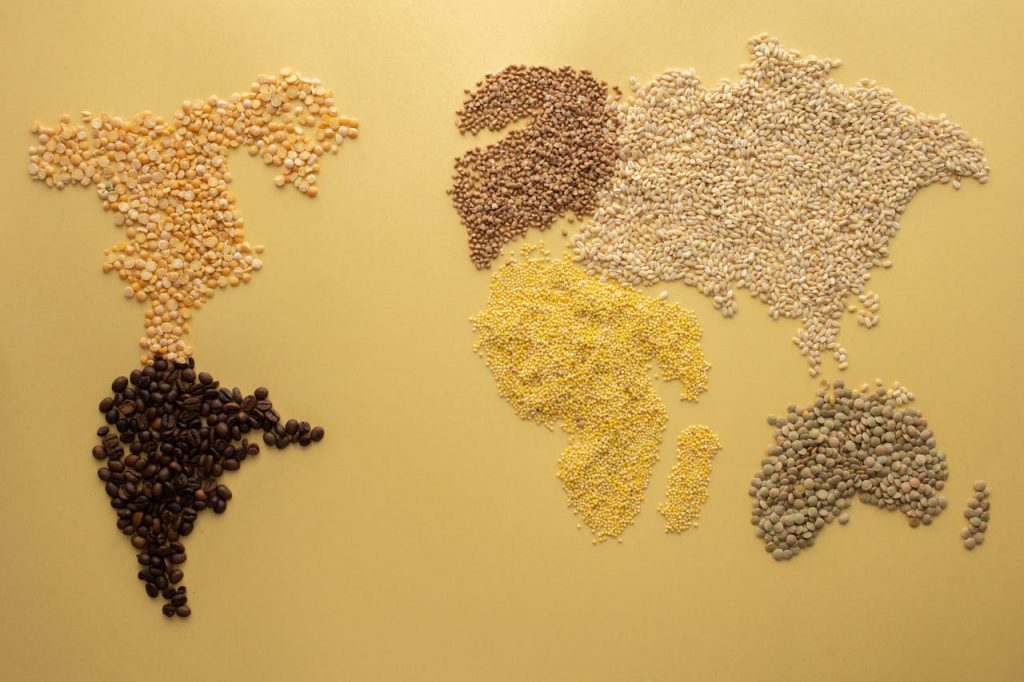
Honouring the past and embracing the future is the only way to approach and think of fusion cuisine. I envision a world where gluten-free and sustainable eating will become commonplace. This is the future that excites me. The focus is shifting towards whole, unprocessed ingredients, creative cooking techniques and mindful sourcing. With the right mix of modern culinary advancements and ancient food cultural wisdom, we can create a food landscape that is both nourishing and exciting.
